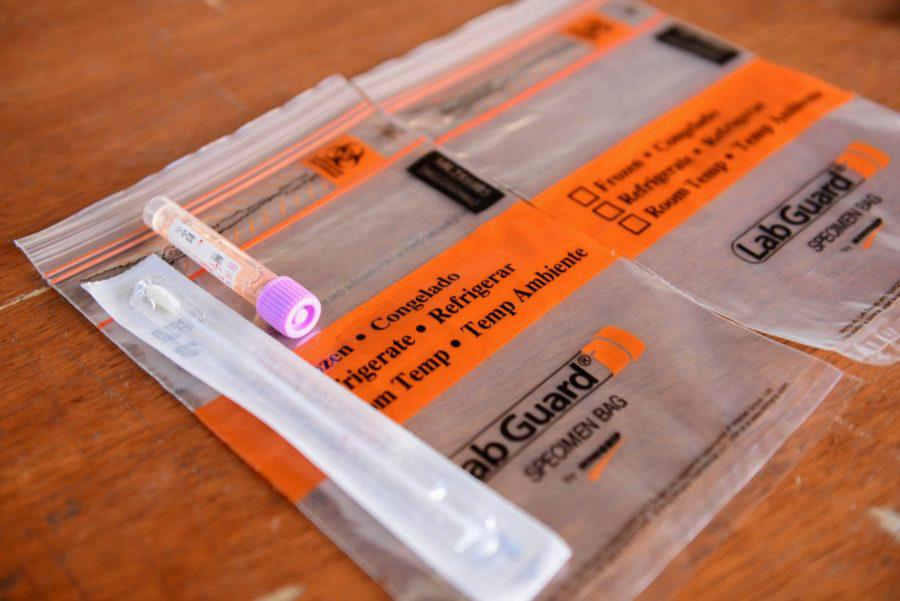Pitt to move to lowest Guarded risk posture on Oct. 19, concerning campus leaders
October 9, 2020
Pitt officials said Friday afternoon that the University will move from the middle to the lowest level of its three-tiered reopening system — the Guarded risk phase, equivalent to Pennsylvania’s green reopening phase — on Oct. 19. While in the Guarded risk phase, most classes will have the opportunity to be in person, shared spaces will be open and gatherings are capped at 250 people.
The move comes as increases in COVID-19 cases among students are down to single digits each day for the past few weeks, a decrease from higher numbers during the early part of the semester, with about 10 to 20 cases added per day. It also arrives two weeks after a rash of cases appeared in Litchfield Tower B, Pitt’s largest residence hall, and the University placed several floors in quarantine and the remainder on shelter-in-place for four days.
University spokesperson Pat McMahon said the decision, which is based on the recommendations of Pitt’s Emergency Operations Center and Healthcare Advisory Group, is dependent on the continuation of good case results next week.
But several campus leaders said they are worried about Pitt moving to its lowest risk posture. Eric Macadangdang, the president of Student Government Board, said he believed it would be in the “best interest” for Pitt to remain in the Elevated risk phase for the entire fall semester.
“We’re just now getting settled,” Macadangdang said. “For many students it was very difficult to adapt to this semester. And I know for a lot of students, it takes a while to get used to the online semester and doing things so differently in so many different ways.”
Macadangdang added he raised these thoughts, as well as concerns that the move arrives shortly before Halloween and Election Day, during a meeting of Pitt’s Resilience Steering Committee. The panel — composed of students, faculty and top administrators — meets weekly and helps implement COVID-19 reopening plans.
“The administration, by and large, were receptive to those ideas,” Macadangdang said. “I think they leaned heavier on the fact that we spent eight weeks taking these measures and following these standards and guidelines, and at some point, it has to sort of pay off in a way.”
Chris Bonneau, the president of the University Senate, said he is also “very concerned” about the change in risk postures and how the community may interpret it. He added that he thinks Pitt’s COVID-19 plans have worked very well so far, and student case numbers are in a “good” place, making him hesitant to change course.
“I don’t want the perception to be that we should be loosening our guard or taking our foot off the gas,” Bonneau, a political science professor, said. “If anything, I think we should be doubling down or hunkering down.”
Bonneau added he doesn’t expect most faculty members to change their teaching style, given how late it is in the fall semester.
“People are settling in… people are comfortable with where things are at. I don’t anticipate a lot of change,” Bonneau said. “My expectation is that we’re not going to see much more of a change, than what we’ve already seen, from the classroom perspective.”
After initially saying that classes could not be in person during the middle Elevated risk phase with limited exceptions, Provost Ann Cudd announced Sept. 9 that faculty members could apply to teach their classes in person during the Elevated phase if there is a “definable benefit” to in-person instruction and if an instructor’s dean or regional campus president approves teaching plans. Pitt has been using the new Flex@Pitt teaching model, which allows students to experience classes “in person, remotely, synchronously or asynchronously.”
Cudd announced Sept. 30 that the Flex@Pitt model will continue into the spring semester as the pandemic continues, and the spring will have an adjusted schedule.



